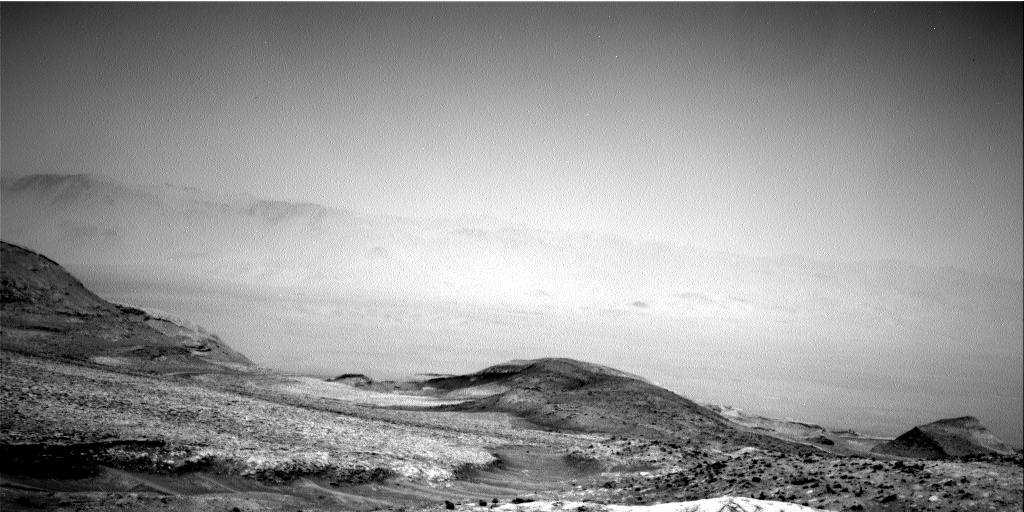Curiosity Navigation Curiosity Home Mission Overview Where is Curiosity? Mission Updates Science Overview Instruments Highlights Exploration Goals News and Features Multimedia Curiosity Raw Images Images Videos Audio More Resources Mars Missions Mars Sample Return Mars Perseverance Rover Mars Curiosity Rover MAVEN Mars Reconnaissance Orbiter Mars Odyssey More Mars Missions The Solar System The Sun Mercury Venus Earth The Moon Mars Jupiter Saturn Uranus Neptune Pluto & Dwarf Planets Asteroids, Comets & Meteors The Kuiper Belt The Oort Cloud 2 min read
Sols 4280-4281: Last Call at Kings Canyon 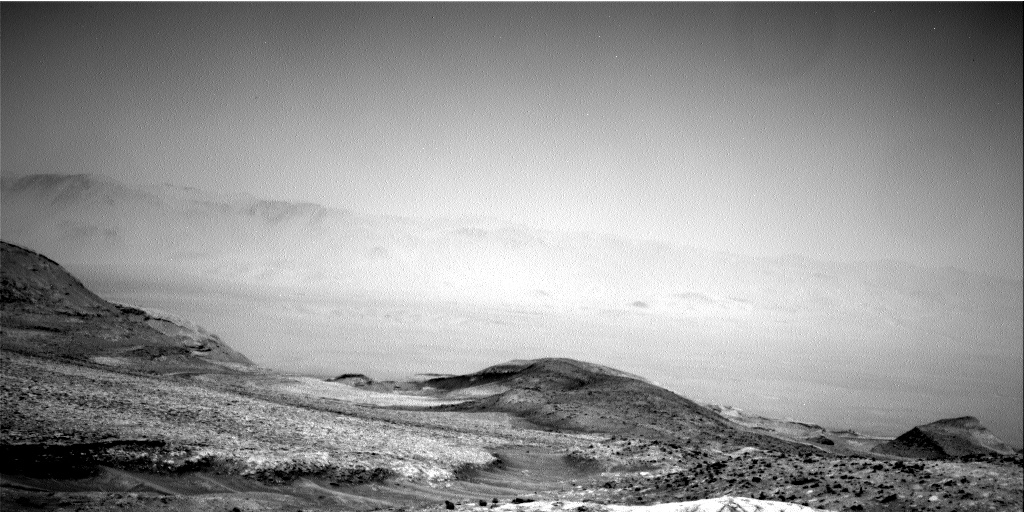 This image was taken by Right Navigation Camera onboard NASA’s Mars rover Curiosity on Sol 4278 (2024-08-18 16:30:04 UTC). NASA/JPL-Caltech Earth planning date: Monday, Aug. 19, 2024
This image was taken by Right Navigation Camera onboard NASA’s Mars rover Curiosity on Sol 4278 (2024-08-18 16:30:04 UTC). NASA/JPL-Caltech Earth planning date: Monday, Aug. 19, 2024
Curiosity successfully completed the drill sequence at the Kings Canyon site within the Gediz Vallis channel. Today was a smooth planning day as we decided to stay put for sols 4280 and 4281 to obtain APXS data of the drill tailings (the crushed rock removed from the drill hole) before we reposition the rover nearby for our next set of observations. The science team is eagerly plotting the rover’s next move and is looking forward to all the interesting targets along the route ahead!
ChemCam had a very busy day with multiple activities in the plan. ChemCam LIBS will examine the chemistry of rocks at nearby “Cathedral Lake” and “Royce Lakes” to analyze the fresh surfaces that were recently broken by the weight of the rover driving over them. Mastcam will provide their standard documentation images of these locations after the LIBS instrument zaps each target. ChemCam planned two long distance RMI images and one passive RMI image to get a closer view of the diversity of rocks at Milestone Peak and the upper channel and the yardang unit – a white, wind-sculped rock that caps the mound in Gale crater.
In our current workspace, we planned a MAHLI image and will use the dust removal tool (DRT) to characterize the grain size of the light-toned rock near our drill location at “Gabbot Pass.” Mastam has amassed a beautiful collection of mosaics at our current location and therefore included only one small Mastcam mosaic of the nearby Texoli butte that will provide context for a recently acquired ChemCam LD RMI image. The environmental theme group planned surveys to search for dust devils as well as measurements to observe the amount of dust in the atmosphere.
Looking ahead, we will reposition the rover slightly to access “Fourth Recess Lake” to quantify its chemistry for comparison to past and future observations within the Gediz Vallis channel. And after that, it’s McDonald Pass or bust!
Written by Sharon Wilson Purdy, Planetary Geologist at the Smithsonian National Air and Space Museum
Details Last Updated Aug 20, 2024 Related Terms Blogs
Keep Exploring Discover More Topics From NASA Mars
Mars is the fourth planet from the Sun, and the seventh largest. It’s the only planet we know of inhabited…

Explore this collection of Mars images, videos, resources, PDFs, and toolkits. Discover valuable content designed to inform, educate, and inspire,…

Each robotic explorer sent to the Red Planet has its own unique capabilities driven by science. Many attributes of a…

Mars Exploration: Science Goals
The key to understanding the past, present or future potential for life on Mars can be found in NASA’s four…


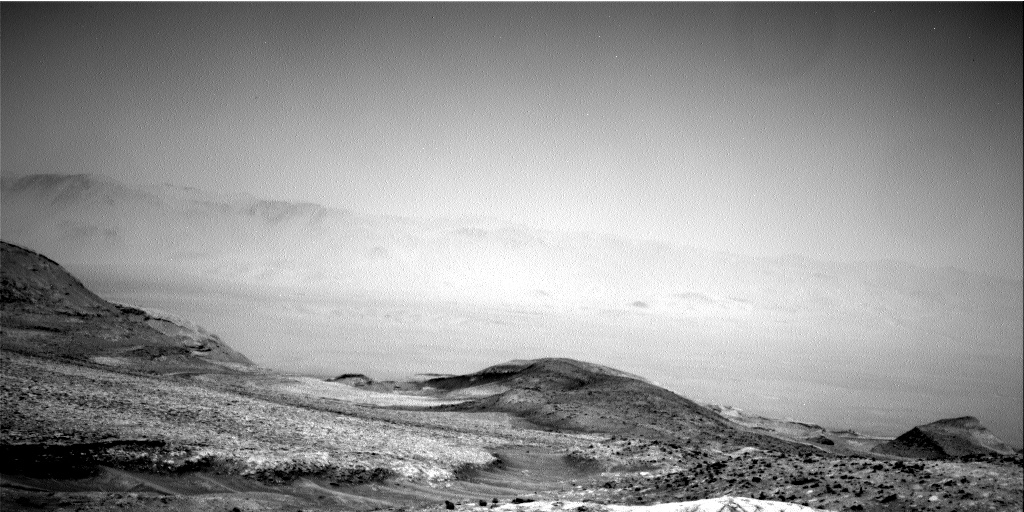
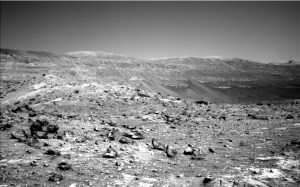 4 min read Sols 4277-4279: Getting Ready To Say Goodbye to the King!
4 min read Sols 4277-4279: Getting Ready To Say Goodbye to the King!
 2 min read Sols 4275-4276: A Familiar View
2 min read Sols 4275-4276: A Familiar View
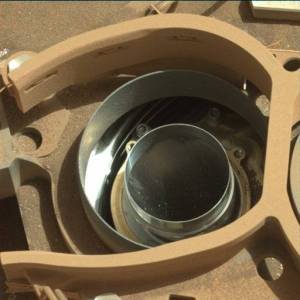 2 min read Sols 4273-4274: Prep Rally
2 min read Sols 4273-4274: Prep Rally
